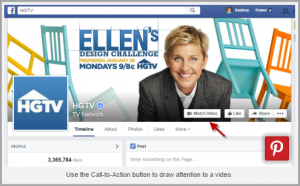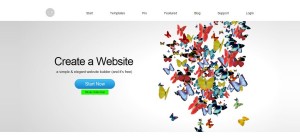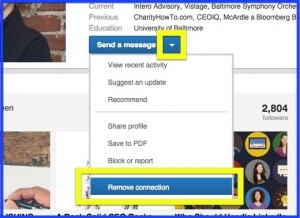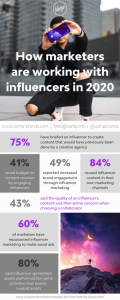
Ever had a lazy Sunday morning? I have, and let me tell you, they’re awesome. Picture this: sitting in a big comfy chair, sipping on a hot cup of brain fuel (coffee, of course), and browsing your favorite social networks without a care in the world.
But all good things must come to an end. In the midst of your blissful scrolling, you decide to click on a link to a cute cat video that your friend posted. Before you know it, bam, you’re bombarded with an ad (insert ominous sound effect here).
Get this: you have to watch at least five seconds of the ad before you are allowed to watch this clip of a cat getting lost inside a paper bag. Way to totally kill my vibe, ads.
No one likes to be assaulted with unwanted advertisements. It makes people feel like they’re being sold to, not to mention that they are annoying in general.
So what gives? There’s got to be a less annoying, more effective way to advertise our products or services, right?
Heck yes, there is, and it’s called inbound marketing.
Traditional Marketing vs. Inbound Marketing
Interruption Marketing
Inbound marketing is a new way of advertising. But before we get there, let’s take a moment to think about that obnoxious pre-roll ad we were talking about before. Heck, let’s think about a whole bunch of annoying advertising tactics while we’re at it.
SPAM email, telemarketing, and even commercials all interrupt what a user is doing. That’s why it’s fitting that they all fall under the category of traditional, interruption marketing.
How are you supposed to appeal to a potential customer if all you’re doing is bothering them? If they weren’t looking for your product in the first place, it’s unlikely that an unexpected, uncalled for ad will do the trick.
Inbound Marketing
That’s where the inbound method comes in. Why go to the customer, interrupting what they’re doing, when you can get them to come to you? This is what inbound marketing is all about.
Its goals are to first attract strangers, then turn them into visitors. The next step is to convert those visitors into leads, and turn them into customers. The final hope is to eventually turn these customers into promoters by delighting them with your content (check out HubSpot Academy’s Inbound Marketing Certification course for more info).
How To Do It
Since inbound marketing is all about having your customers come to you, you need something to attract them with, right? Two words: creative content. People don’t want to be sold to, they want to be educated. When they’re on the hunt for information, you want to be the source they find, remember, and come back to.
Let’s talk about some of the tactics we can use to go inbound:
PPC
Even though many people categorize PPC as a traditional form of advertising, it’s a big part of inbound strategy. A PPC ad is not only based on a user’s query, but they can either click or ignore your ad (that’s why it’s so important to write great copy).
They key here is to know where your potential customers are spending their time online and advertising to them there. A well thought-out PPC campaign meets the user in the middle (at the search engine), instead of making them do all the work.
SEO
Say a potential customer is searching for an article on a given topic, and your company has a blog post on this given topic, wouldn’t you want your post to rank highly in the user’s search results? This is where search engine optimization comes in. SEO is basically increasing your rank in search engine results.
Social Media
Social media is where we go to build and maintain relationships.This can be very helpful at the top and bottom of the inbound marketing funnel: attracting newcomers and delighting your promoters.
Content Matters!
It’s up to you to determine the right balance of these advertising tactics that works for your company. But let’s keep in mind that none of the tactics I’ve been talking about would be possible without great content.
Your content should be relevant to your business. More importantly, it needs to be relevant to the people who could potentially want to become your customers. You need to get inside their heads.
Now this is where ESP would really come in handy. But for those unable to read minds, there are buyer personas.
Buyer Personas
One of the most important parts of inbound marketing is knowing who you’re trying to attract. Buyer personas represent a fictional, general profile of one of the people you are trying to appeal to with your content.
First, you need to do research. A good buyer persona should be a culmination of demographics, the goals and challenges of your persona, and how you can help with some of those goals and challenges.
Example Persona
Imagine a press release software company that targets medium-sized businesses. They’re bound to have multiple buyer personas, but let’s focus on one. Many medium-sized businesses have public relations professionals that work in-house who are looking for somewhere to host and distribute the company’s press releases.
With the inbound strategy, the company might write a blog post like “4 Free PR Tools for Your Small Business Toolkit”. If someone fitting the persona found and liked the post, they may continue to use the company’s content as a resource, building a relationship that would come in handy when the persona started shopping for PR software.
Potential buyers have all the power and they will make their buying choices with or without you. Let’s empower our potential customers with valuable knowledge. When they’re making their buying decisions, they are likely to remember who empowered them with that valuable knowledge needed to choose.
Business Articles | Business 2 Community
(401)









